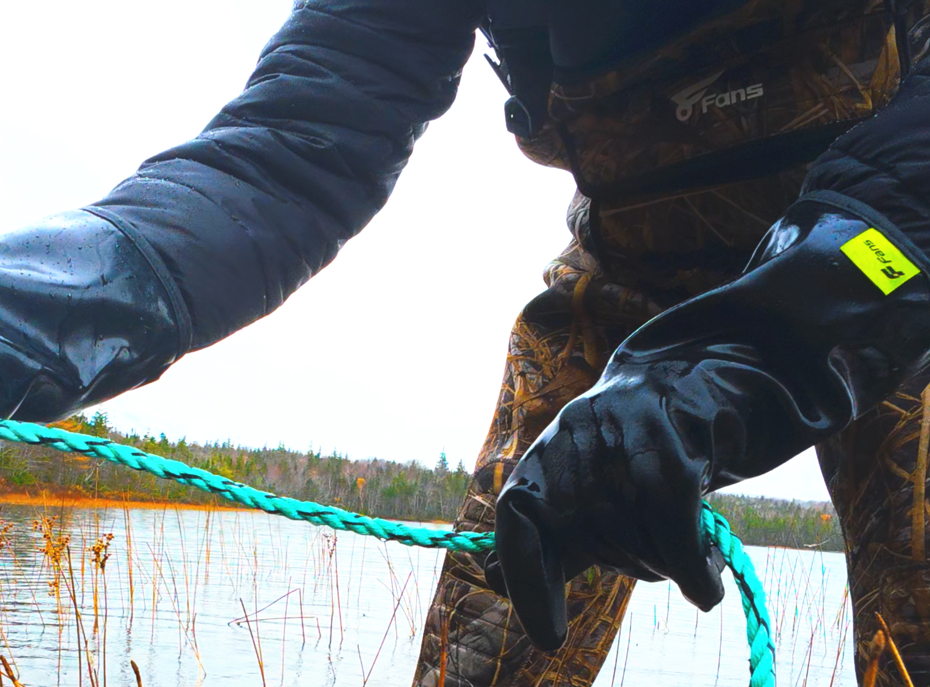
Duck Hunting Mistakes Beginners Always Make — and How to Avoid Them !
Duck hunting looks simple from the outside: set your decoys, hide in the blind, call a few times, and wait. But any experienced waterfowler will tell you — ducks are smarter, more cautious, and harder to fool than most beginners expect.
If you’re just starting out, avoiding these common mistakes can save you time, frustration, and missed shots — and help you enjoy every hunt even more.
Let’s break down the biggest beginner mistakes and how to fix them.
1. Setting Decoys Randomly Without a Plan
Many new hunters toss decoys into the water without spacing or direction in mind. Ducks don’t land in chaos — they land where it looks natural and safe.
How to Avoid It
Use a U, J, or V formation depending on wind direction.
Leave a clear “landing pocket” for incoming ducks.
Use motion decoys (like spinners) to create realism on calm days.
A controlled spread looks natural and helps pull ducks right where you want them.
2. Wearing Shiny or Noisy Gear
Ducks have incredible eyesight. Shiny zippers, loud fabric, or reflective sunglasses can flare them instantly.
How to Avoid It
Choose matte, quiet materials designed for waterfowl environments.
Keep movements slow and intentional inside the blind.
Mud or brush can help tone down shiny gear if needed.
For waterfowl hunts, gear matters. Products like 8Fans Hunting Waders, made from durable and quiet materials, help keep you concealed and dry throughout the hunt. Matching 8Fans Gloves also reduce noise and keep you warm when handling calls or decoys.
3. Calling Too Much — or Too Loud
Beginners often over-call, especially when ducks are already approaching. This can easily scare them off.
How to Avoid It
Call less, not more. Let the ducks tell you what they need.
If ducks are working your spread, stop calling and let them commit.
On windy days, you can call louder — but avoid overdoing it in calm weather.
Mastering restraint is one of the fastest ways to improve your success.
4. Ignoring the Wind Direction
Wind controls everything: how ducks approach, where they land, and how your shots line up.
How to Avoid It
Ducks prefer to land into the wind.
Position your blind downwind of your decoy spread.
Always adjust your spread when the wind shifts mid-hunt.
Even the best decoys won’t work if the wind setup is wrong.
5. Not Hiding Properly in the Blind
Most beginners think their blind is “good enough,” but ducks easily spot:
Exposed hands
White skin reflections
Gaps in blind brush
Movement
How to Avoid It
Wear camo gloves (like 8Fans Hunting Gloves) to hide your hands.
Add natural brush to your blind that matches your surroundings.
Stay low and avoid unnecessary movement until it’s time to shoot.
Good concealment is half the battle.
6. Wearing the Wrong Footwear or Getting Waterlogged
Cold, wet feet can ruin a hunt fast — and beginners often underestimate how deep, muddy, or icy duck hunting terrain can be.
How to Avoid It
Choose insulated, waterproof boots designed for marshes and flooded timber.
Make sure your waders fit properly so water can’t creep in.
Walk the area in daylight to avoid sudden drops or deep mud.
High-quality 8Fans Hunting Boots and 8Fans Chest Waders offer insulation, ankle support, and waterproof protection — essential for long days in mud, cold water, and uneven ground.
7. Shooting Too Early or Too Late
Beginners often rush shots or shoot outside ethical range, leading to missed birds or wounded ducks.
How to Avoid It
Wait until ducks are within 30–40 yards.
Practice your shooting beforehand so you recognize proper distance.
Use your decoys as a distance reference.
Patience leads to cleaner kills and more success.
8. Forgetting to Stay Still When Ducks Are Circling
Even the smallest movement can flare a locked-up flock.
How to Avoid It
Freeze when ducks make their final pass.
Keep your head down and only look with your eyes.
Move your shotgun only when it’s time to shoot.
This small discipline can dramatically increase your landing success.
Final Thoughts
Duck hunting is a skill built over time. Avoiding these beginner mistakes can help you:
Stay concealed
Work ducks more efficiently
Shoot accurately
Stay dry, warm, and comfortable
Enjoy the full waterfowl experience
And remember — the right gear makes a huge difference. Durable and weather-ready equipment like 8Fans hunting boots, waders, and gloves gives you the comfort, protection, and quiet performance you need in tough waterfowl environments.
